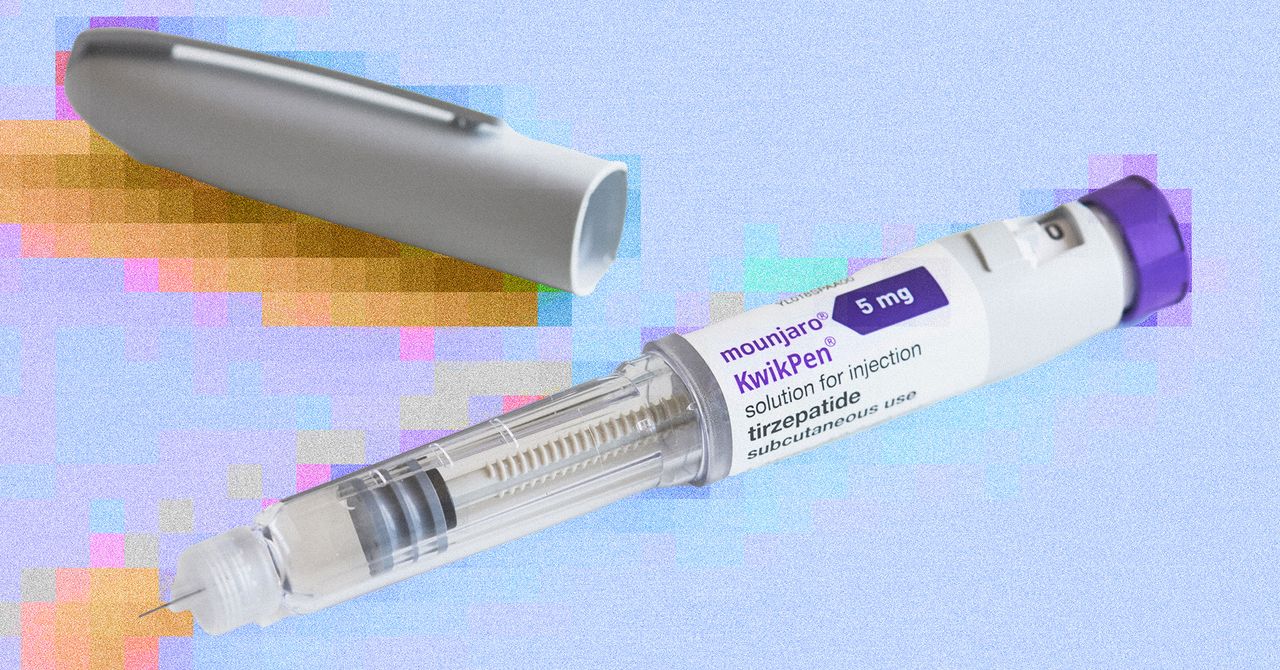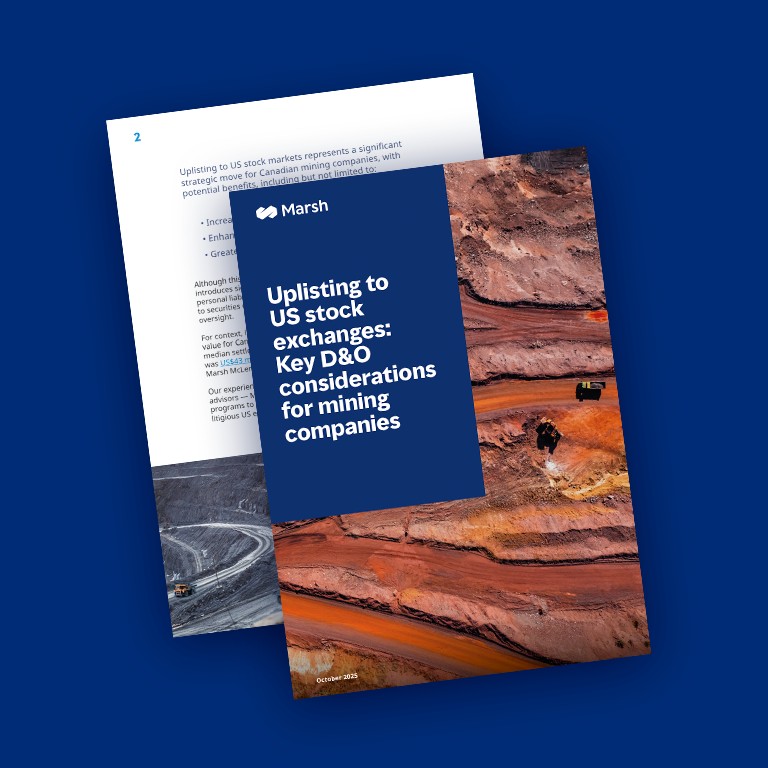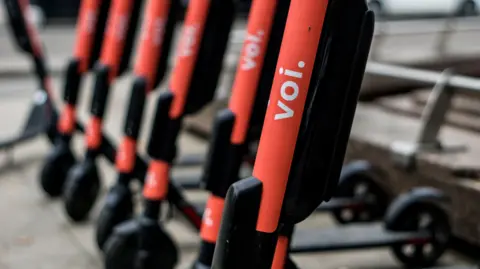Vietnam has introduced new reporting requirements for high-value domestic cash transactions, marking another step in its effort to modernize the financial system and align with global anti-money laundering (AML) standards.
The State Bank of Vietnam (SBV) has recently issued Circular No. 27/2025/TT-NHNN (“Circular 27”), which requires any domestic transfer of VND 500 million (approximately US$19,000) or more to be reported to the SBV’s Anti-Money Laundering Department.
This update strengthens Vietnam’s financial transparency framework and reflects the government’s continued push toward international compliance standards. For businesses, investors, and financial institutions, the rule reinforces the importance of maintaining clear transaction records and adopting robust compliance processes to navigate the evolving regulatory environment.
Background and regulatory landscape
Vietnam’s financial sector has undergone steady modernization in recent years, driven by rising investment flows, expanding digital banking, and the government’s goal of aligning with global anti-money laundering (AML) and counter-terrorist financing (CFT) standards.
The 2022 Law on Anti-Money Laundering laid the foundation for this framework, giving the SBV greater authority to regulate, monitor, and report suspicious financial activities. Circular 27, issued on September 15, 2025, provides detailed guidance for implementing this law and operationalizing domestic transaction monitoring.
Vietnam’s move also responds to recommendations from the Financial Action Task Force (FATF) and the Asia/Pacific Group on Money Laundering (APG), which have encouraged the country to strengthen both its cross-border and domestic transaction surveillance. With financial transactions increasing in volume and complexity, the SBV is seeking to tighten traceability and mitigate risks associated with money laundering, tax evasion, and illicit financial flows.
This proactive regulatory tightening reflects Vietnam’s ambition to be viewed as a credible and transparent financial hub – a key factor in maintaining investor confidence and sustainable capital inflows.
See also: Profit Repatriation in Vietnam: A Brief Guide in 2025
Key provisions
Reporting threshold and scope
Circular 27 mandates that all domestic money transfers equal to or exceeding VND 500 million (US$19,000), or the equivalent in foreign currency, be reported to the SBV’s AML Department. The rule applies to both individuals and organizations, including corporations, financial institutions, and non-bank entities involved in the transfer or processing of funds. Cross-border transactions valued at US$1,000 or more are also subject to reporting.
The reporting requirement covers:
|
Category
|
Required information
|
|
Ordering and beneficiary financial institutions
|
• Transaction name of institution/branch;
• Head office address (or bank code for domestic transfers SWIFT code for international transfers); and
• Country of receipt and remittance.
|
|
Individual customers
|
• Full name;
• Date of birth;
• ID/ Citizen ID/ Personal ID/ Passport number;
• Entry visa number (if any);
• Registered permanent residence or current address (if any); and
• Nationality (per transaction documents).
|
|
Organizational customers
|
• Full and abbreviated transaction name (if any);
• Head office address;
• Establishment license number or enterprise code or tax code; and
• Country of head office.
|
|
Transaction information
|
• Account number (if any);
• Transaction amount;
• Currency;
• Amount converted to VND (if foreign currency);
• Reason and purpose of transaction;
• Transaction date;
• Transaction code or unique reference number (if no account number); and
• Identifier of the originator sent by ordering/intermediary financial institution for traceability.
|
|
Other information
|
• Any additional information required by the Department of Anti-Money Laundering for AML state management in each period
|
This marks the first time that large-value domestic transfers, not just suspicious or cross-border transactions, have been brought under a formal reporting threshold.
Reporting method and content
Financial institutions are required to submit transaction reports immediately after execution using the SBV’s electronic AML reporting system. Reports must include:
- Sender and beneficiary identification details;
- Transaction value, date, and purpose;
- Relationship between the parties (if applicable); and
- Source of funds and documentary verification of the transaction’s legitimacy.
Entities must also maintain a record of such transactions for a prescribed period to support future audits and compliance reviews by the SBV or related agencies.
Transactions exempt from reporting
Transactions that are not subject to reporting include:
- Wire transfers from debit, credit, or prepaid card transactions for payment of goods and services; and
- Wire transfers and payments between financial institutions, where both the sender and the recipient are financial institutions conducting transactions on their own behalf.
Customs declaration thresholds
Circular 27 sets out specific value thresholds requiring individuals to declare certain assets upon entering or exiting Vietnam, as well as the documents they must present to customs officers when carrying these items.
|
Category
|
Threshold
|
Covered items
|
|
Precious metals and gemstones
|
≥ VND 400 million
|
• Precious metals (excluding gold): silver, platinum, related handicrafts and jewelry, alloys containing these metals; and
• Gemstones: diamonds, rubies, sapphires, emeralds, etc.
|
|
Negotiable instruments
|
≥ VND 400 million
|
• All negotiable instruments
|
|
Cash and gold
|
As per SBV’s regulations
|
• Foreign currency in cash;
• VND in cash; and
• Gold
|
Objective and policy alignment
The SBV stated that the purpose of Circular 27 is to enhance early detection of unusual or high-risk financial activity, particularly within domestic transactions that may have previously gone unmonitored.
It also ensures that Vietnam’s compliance system remains consistent with global AML frameworks, many of which require large-value transaction reporting (LVTR) in addition to suspicious transaction reports (STRs).
Implications for financial institutions and businesses
Heightened compliance obligations
The new rule places increased compliance responsibility on banks, payment intermediaries, and corporations that handle large-scale financial flows. Institutions must update internal AML systems to automatically flag qualifying transactions, train compliance officers, and ensure timely reporting through the SBV’s AML portal.
For businesses, particularly those in real estate, manufacturing, and trade, the change requires stronger financial documentation and justification for transactions, as transfers exceeding the threshold will be more closely scrutinized.
Operational and data management adjustments
Circular 27 emphasizes data traceability and transparency. Financial institutions will need to maintain well-organized transaction logs, verified customer information, and clear audit trails.
Companies making frequent large payments — for instance, for supplier settlements or capital injections — should ensure that all payment details are documented, supported by legitimate contracts, and aligned with AML reporting requirements.
Over time, this may require system upgrades and staff training, especially for smaller banks or regional institutions that may not yet have automated reporting infrastructure.
Impact on investors and market perception
For investors, the regulation signals a maturing regulatory environment that prioritizes financial integrity and risk prevention. Although compliance demands will rise, the long-term benefit is a more secure and transparent financial system, which reduces reputational and operational risks for both domestic and foreign stakeholders.
The move is also expected to strengthen Vietnam’s attractiveness to international partners by demonstrating the country’s commitment to adopting FATF-aligned standards and ensuring that local financial practices meet global expectations.
Compliance in practice: opportunities and adjustments.
Implementation and resource constraints
Smaller financial institutions and payment processors may face short-term hurdles in adjusting to the new reporting procedures, particularly where AML systems remain manually managed.
The SBV may issue additional technical guidance or transitional provisions to ensure consistent compliance across the sector.
Balancing oversight and efficiency
Some market participants have expressed concern that increased reporting could delay fund transfers or require additional administrative work. However, once systems are automated and standardized, compliance experts expect the process to become routine, balancing regulatory oversight with operational efficiency.
Data privacy and security
As transaction data volumes increase, cybersecurity and confidentiality have become pressing issues. Financial institutions must ensure that data submitted to the AML Department is securely transmitted and stored, in accordance with the Law on Cybersecurity (2018) and related decrees on data protection.
Outlook
The introduction of Circular 27 is part of the SBV’s broader effort to align Vietnam’s financial sector with international AML and compliance standards. It follows similar moves in neighbouring markets that have tightened domestic and cross-border transaction reporting to curb illicit financial activity. For foreign investors, a more transparent AML framework reduces compliance uncertainty and supports smoother cross-border capital movement.
For Vietnam, this change represents a strategic investment in regulatory credibility. Enhanced oversight supports the country’s ambitions to deepen its capital markets, attract long-term investment, and strengthen relationships with foreign banks and multilateral institutions.
For enterprises and investors, the message is clear: compliance readiness is now a central pillar of doing business in Vietnam’s evolving financial environment. Companies that proactively review and strengthen their AML processes will benefit from improved regulatory confidence, smoother financial operations, and reduced exposure to penalties or disruptions.
About Us
Vietnam Briefing is one of five regional publications under the Asia Briefing brand. It is supported by Dezan Shira & Associates, a pan-Asia, multi-disciplinary professional services firm that assists foreign investors throughout Asia, including through offices in Hanoi, Ho Chi Minh City, and Da Nang in Vietnam. Dezan Shira & Associates also maintains offices or has alliance partners assisting foreign investors in China, Hong Kong SAR, Indonesia, Singapore, Malaysia, Mongolia, Dubai (UAE), Japan, South Korea, Nepal, The Philippines, Sri Lanka, Thailand, Italy, Germany, Bangladesh, Australia, United States, and United Kingdom and Ireland.
For a complimentary subscription to Vietnam Briefing’s content products, please click here. For support with establishing a business in Vietnam or for assistance in analyzing and entering markets, please contact the firm at vietnam@dezshira.com or visit us at www.dezshira.com











